
Roots
The arc of sunlight, an ancient constant, has always traced its path upon human crowns. For those with textured hair, particularly within Black and mixed-race ancestries, this interaction unfolds a narrative rich with meaning, resilience, and a profound connection to lineage. How does the legacy of textured hair care inform contemporary sun protection?
This question draws us into a living archive, where the whispers of ancestral wisdom meet the clarity of modern understanding. It is a dialogue between enduring traditions and scientific discovery, all centered on the unique physiological realities and cultural reverence for hair that coils, bends, and spirals from the scalp.

Ancestral Crowns and the Sun’s Embrace
Across sun-drenched landscapes of Africa and throughout the diaspora, textured hair has always existed in intimate relationship with the elements. Before the advent of modern laboratories, communities understood the sun’s power, both life-giving and potentially harsh. Their solutions were born of ingenuity, deeply intertwined with available natural resources and cultural practices.
Hair was not simply an adornment; it was a living shield, a repository of identity, and a canvas for communication, its health guarded with remedies passed down through generations. These early practices laid the groundwork for how textured hair is cared for today, even when confronting the complexities of solar radiation.
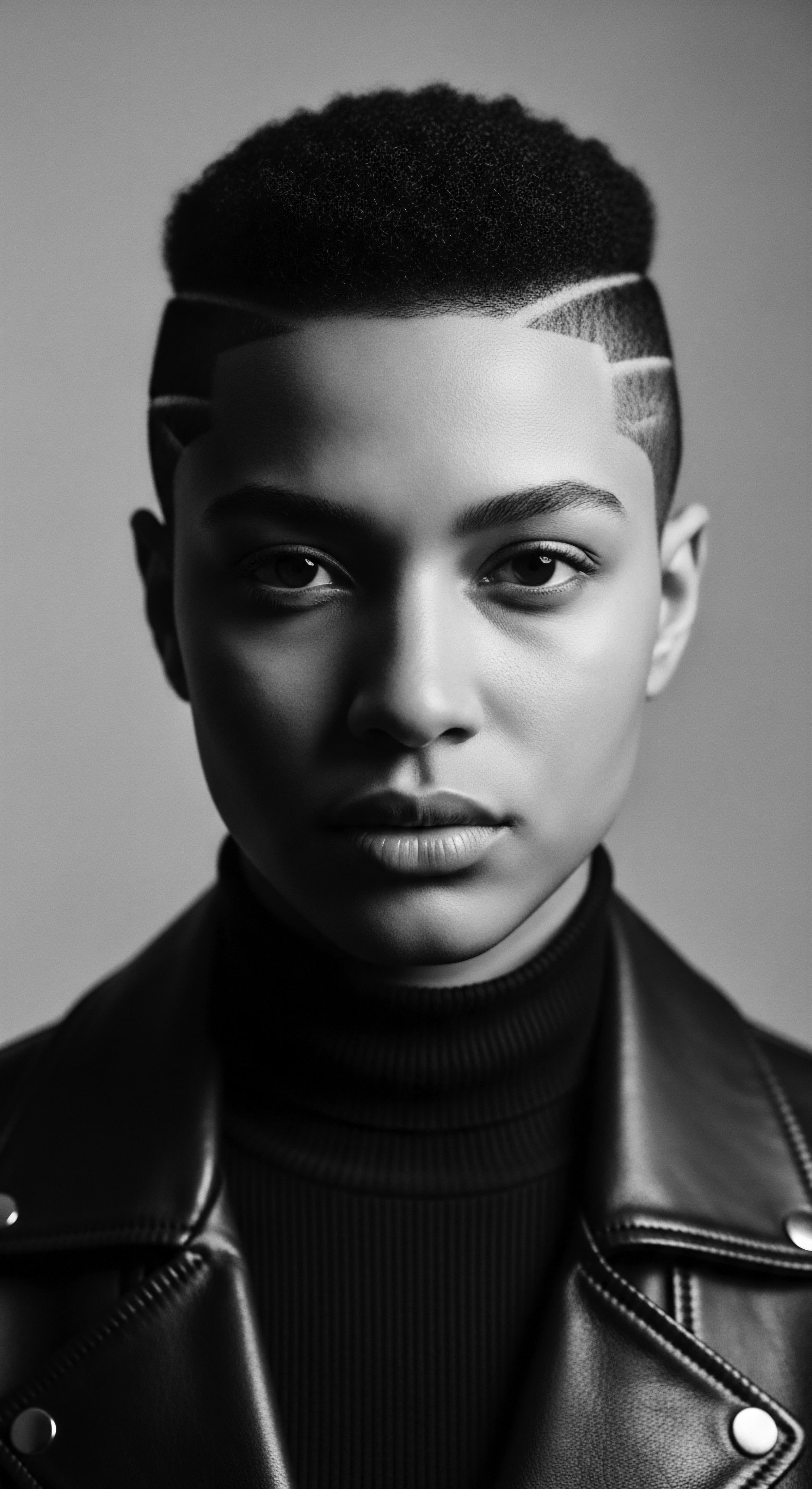
Hair’s Design and Elemental Dialogue
Textured hair, with its diverse curl patterns, possesses an inherent design that influences its interaction with sunlight. Unlike straight hair, the intricate coils and bends of textured strands inherently offer a degree of natural protection to the scalp, acting as a buffer against direct sun rays. However, this structure also presents a challenge ❉ the spiral shape can make it harder for natural oils (sebum) to travel down the hair shaft, leaving the lengths drier and more prone to environmental stressors.
This inherent dryness, a biological reality, historically necessitated practices focused on deep moisturization and barrier creation, efforts that often doubled as forms of sun safeguarding. The deep melanin content common in darker hair colors also provides some inherent UV protection to the hair fiber itself, though this is not a complete defense against long-term damage.
The enduring interplay between textured hair and sunlight forms a deep historical dialogue, shaping care rituals born of environmental necessity and ancestral wisdom.
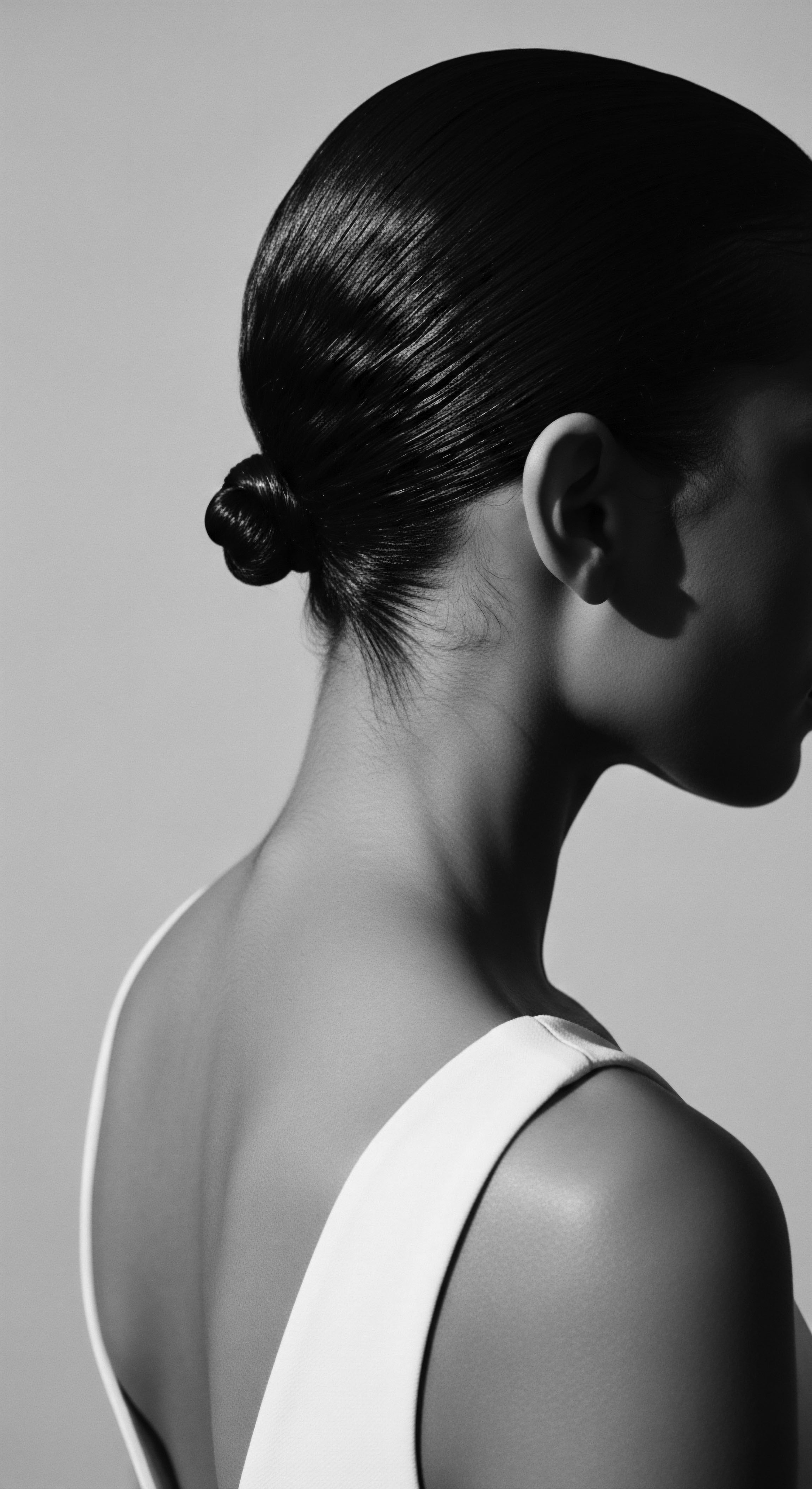
Echoes of Ancient Care Rituals
From pre-colonial Africa, where hairstyles signaled status, identity, and spiritual connection, hair care was an elaborate, often communal, affair. Washing, combing, oiling, braiding, or twisting, and decorating the hair with materials like cloth or beads were common. These rituals, far from being solely aesthetic, often incorporated elements that provided natural defense against the sun and other environmental factors. The selection of specific oils, the tightness and density of certain braided styles, and the consistent practice of covering the hair were all practical adaptations to the sun’s presence.
Women emphasized thick, long, clean, and neat hair, often braided, signifying health and ability. This commitment to hair health, through meticulous care, created a foundation of resilience against external forces.
- Shea Butter ❉ Sourced from the shea nut, this rich butter has been a staple across West Africa for centuries. It was not only used for skin and hair moisture but also recognized for its natural UV protection properties. Its emollient qualities helped seal moisture into drier textured strands, simultaneously creating a protective layer against sun and wind.
- Coconut Oil ❉ A versatile oil, widely used in various sun-drenched regions. It forms a nourishing layer of defense and offers mild UV protection.
- Palm Oil ❉ A traditional ingredient in some African hair care, its dense texture and rich fatty acid profile could have offered physical shielding and moisture retention.
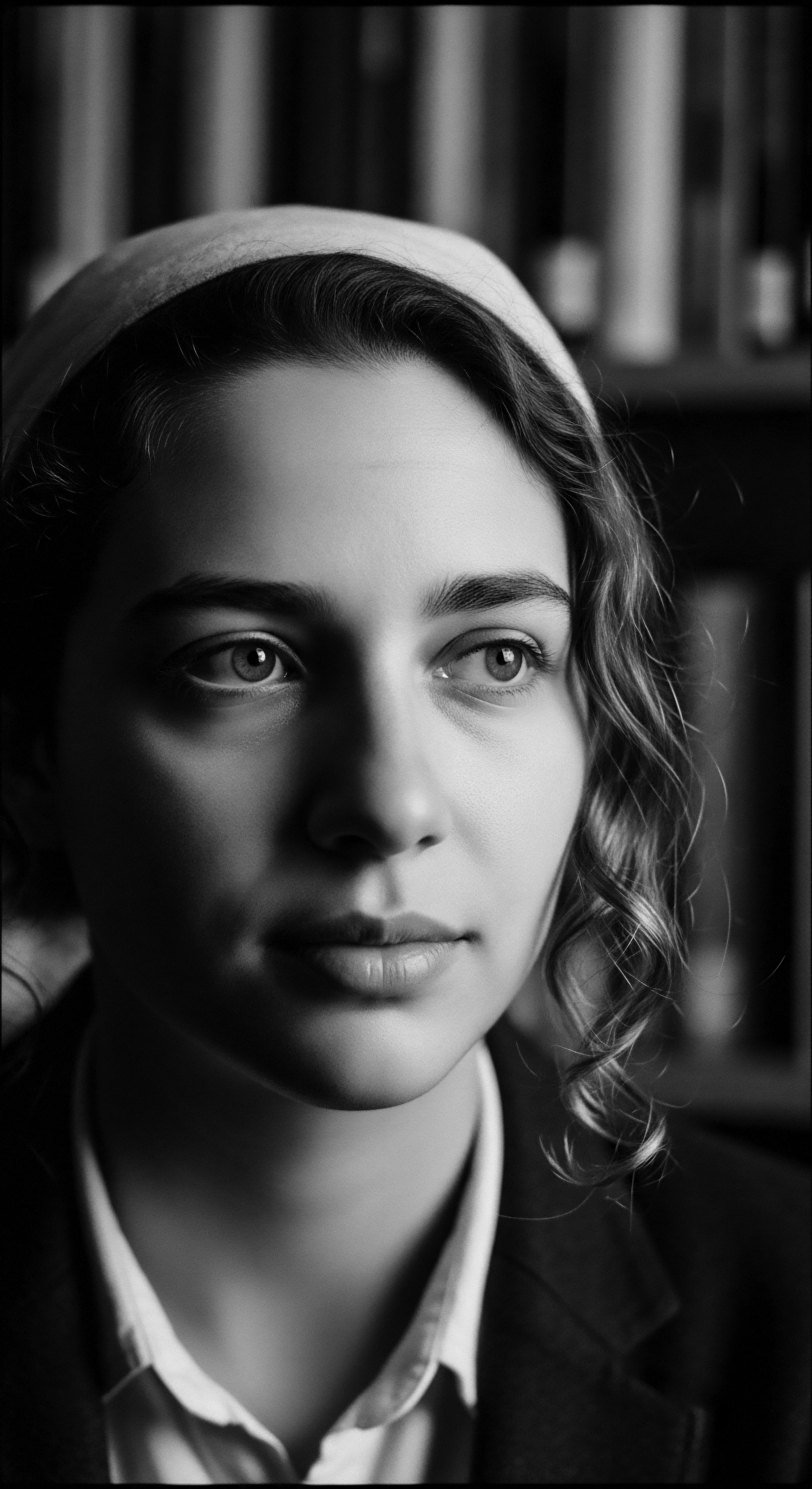
The Significance of Hair Coverings
Headwraps, known as ‘Dukus’ in Ghana, ‘Geles’ in Nigeria, and ‘Doeks’ in South Africa, bear a rich cultural history originating in Africa. Beyond their symbolism of social status, marital status, or religious observance, headwraps served a vital protective function against the Sahara sun. This utilitarian aspect, shielding hair and scalp from harsh rays, became an integral part of their legacy.
Even during periods of enslavement in the Americas, when head coverings were enforced as symbols of subservience, enslaved people used headwraps on plantations for practical protection from sun, sweat, and lice. The enduring practice of covering hair, whether for cultural expression, religious observance, or simply for protection, links ancestral solutions to contemporary sun protection strategies.

Ritual
The daily rhythms of hair care, often passed down through familial lines, form a living ritual that bridges the past and present. How does the legacy of textured hair care inform contemporary sun protection? It is in these tender, repetitive acts that ancestral wisdom truly speaks to modern needs. From the selection of specific botanicals to the intricate art of braiding, these rituals were designed not only for beauty but also for endurance against environmental challenges, particularly the pervasive presence of sunlight.

The Practice of Protective Hairstyles
Across African societies, elaborate hairstyles often served dual purposes of aesthetic expression and practical protection. Braids, twists, and cornrows, ancient practices with deep roots in cultural identity and communication, inherently shield the hair and scalp. These styles minimize exposure to environmental stressors such as sun, wind, and pollutants by neatly tucking away the hair ends, the oldest and most fragile parts. This protective aspect helps retain moisture and promotes length retention.
For example, the Himba people of Namibia, living in an intensely sunny climate, are known for their clay-coated braids, a brilliant protective style. This ancient practice provides a physical barrier, demonstrating a direct ancestral link to contemporary sun protection through physical coverage.
The meticulous creation of these styles, often taking hours or days, also created communal bonds and a space for the transmission of knowledge. This collective effort reinforced the importance of hair health and its resilience against external forces. The symbolism of these styles often communicated social status, age, marital status, religion, and wealth. Therefore, wearing such styles was an act of both self-preservation and cultural affirmation.
| Ancestral Practice Intricate Braids and Twists |
| Contemporary Application & Mechanism Modern protective styles (e.g. box braids, cornrows) reduce exposure and breakage. These styles physically cover portions of the scalp and hair, limiting direct UV exposure. |
| Ancestral Practice Application of Natural Oils (Shea, Olive, Almond, Sesame) |
| Contemporary Application & Mechanism Contemporary use of natural oils for moisture and incidental UV protection. These oils create a barrier, seal in moisture, and some possess natural SPF qualities (e.g. shea butter SPF 2-7.5, olive oil SPF ~8). |
| Ancestral Practice Wearing Headwraps and Scarves |
| Contemporary Application & Mechanism Continued use of head coverings (hats, scarves, turbans) as a physical barrier against direct sunlight on hair and scalp. This remains a simple, effective method. |
| Ancestral Practice Clay-Coated Braids (Himba) |
| Contemporary Application & Mechanism Inspiration for modern hair masks or products with mineral filters, providing a physical shield against UV radiation. The clay acts as a physical barrier. |
| Ancestral Practice The continuity of sun protection strategies for textured hair demonstrates a living heritage, adapting ancestral ingenuity for present-day needs. |
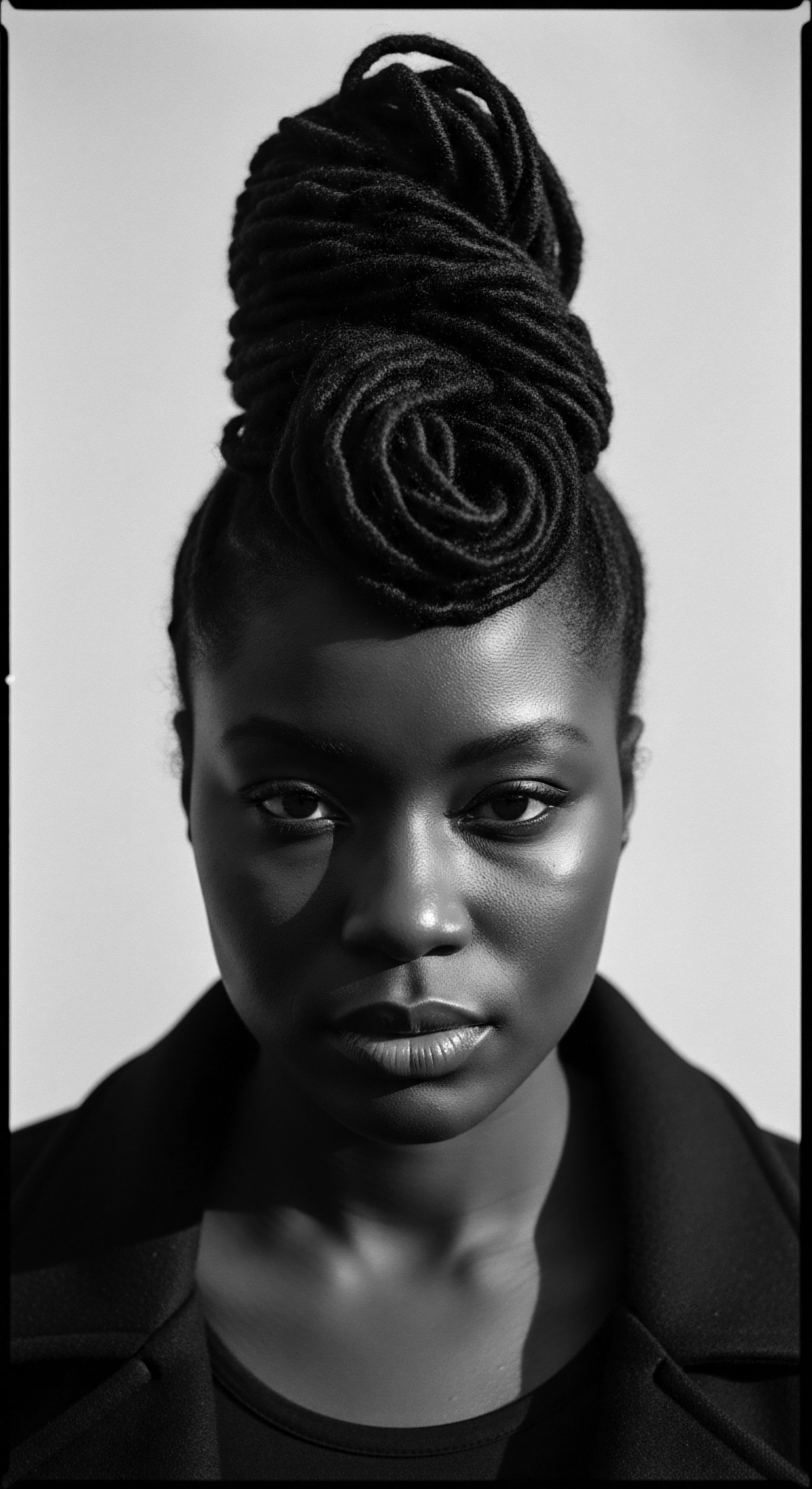
How Did Ancient Societies Perceive Sunlight’s Influence on Textured Hair?
Ancient societies possessed an intuitive understanding of the sun’s impact on hair, particularly in regions where solar intensity was a daily reality. While they did not use terms like “UV radiation” or “oxidative stress,” their practices reflect an awareness of sun-induced dryness, brittleness, and damage. The consistent application of nourishing oils, the strategic use of protective styles, and the widespread adoption of head coverings speak to a deep, experiential knowledge of how sunlight affected hair health and appearance. Ancient Egyptians, for example, used various natural ingredients like lupin extract, almond oil, and henna oil, not only for beauty but also specifically to address sun damage to hair and skin.
These early forms of hair treatment provided a rudimentary shield against desert sun. This knowledge, honed through generations of observation, formed the bedrock of hair care wisdom.
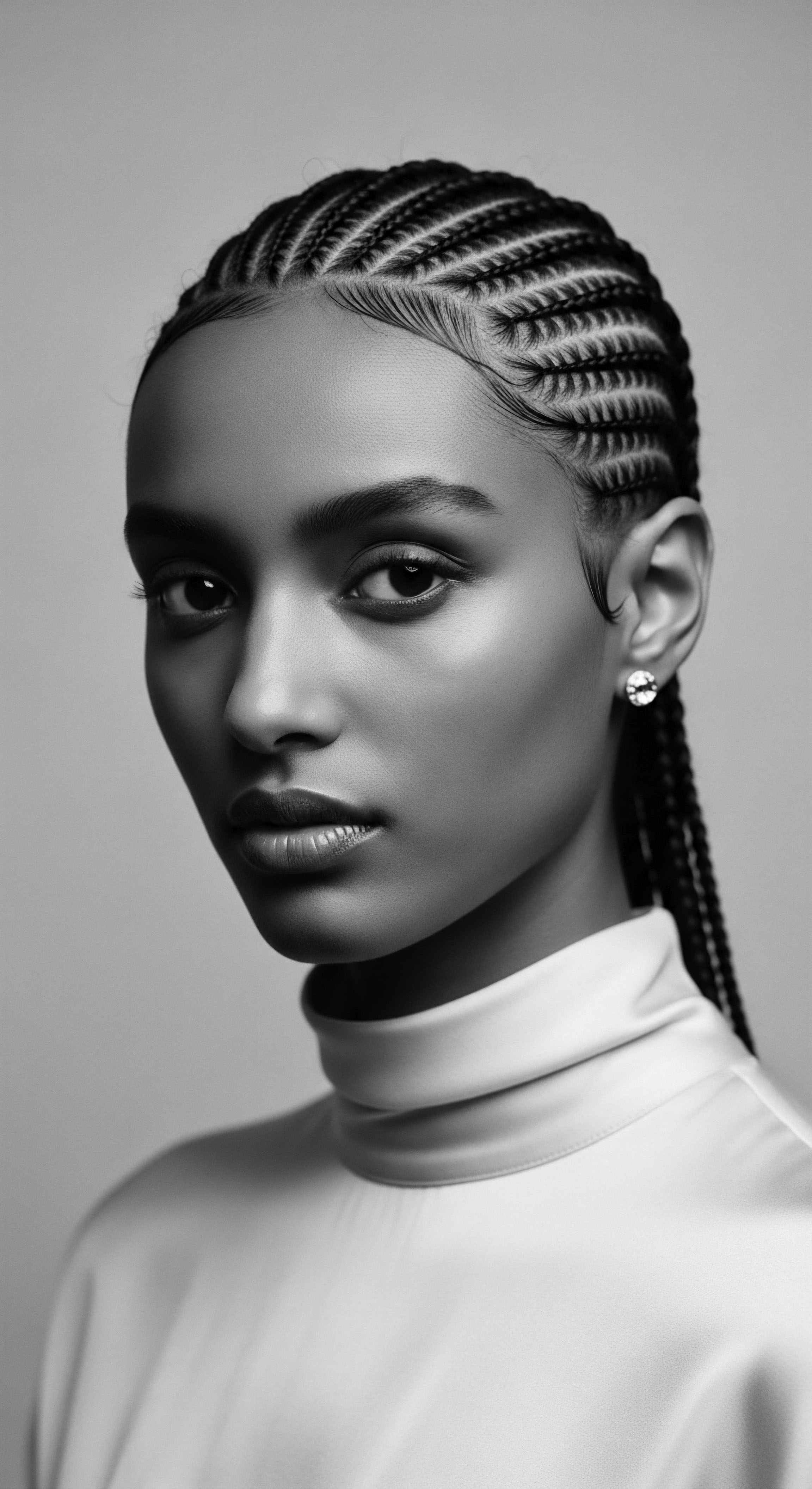
The Role of Emollients and Oils
The use of botanical oils and butters in ancestral hair care was paramount. Shea butter, derived from the African shea tree, has been a significant element in many traditional regimens. Its substantial content of unsaponifiables provides natural UV protection, a quality recognized by Africans whose hair and skin were constantly exposed to strong sunlight. This natural barrier helped hair retain its vibrancy, color, and softness.
The emollient properties of shea butter make it particularly effective for textured hair, which tends to be drier due to the coiled structure that impedes natural oil distribution. Other oils, such as olive oil and almond oil, also feature in historical beauty practices and offer varying degrees of natural sun protection. Olive oil contains polyphenols which combat reactive oxygen species caused by UV light. These ancestral applications of oils underscore a holistic approach to hair health that intrinsically provided sun defense.
The practice of oiling hair was not merely for cosmetic shine; it was a deeply functional act. Oils provided a protective seal, locking in moisture and creating a physical barrier against environmental extremes. This understanding, passed down through oral traditions and lived experience, is a core aspect of how traditional hair care continues to inform modern sun protection strategies for textured hair. Many traditional recipes called for combining these oils with other elements, further enhancing their protective qualities.

Relay
The knowledge passed down through generations, often in unspoken gestures and communal rituals, forms a complex relay of heritage. How does the legacy of textured hair care inform contemporary sun protection? It is through this ongoing transmission that traditional wisdom gains new resonance with scientific validation and modern applications. We discern the enduring logic behind ancestral practices and learn to apply it in the nuanced landscape of today’s hair care science.

Validating Ancestral Protective Wisdom
Modern scientific inquiry increasingly affirms the protective qualities of traditional ingredients and practices. For instance, the use of shea butter, a cornerstone of West African hair care, has been scientifically studied for its UV-blocking potential. Shea butter contains antioxidants such as vitamin E, which protect hair from damaging free radicals, and its high content of vitamin E and carotenoids acts as a natural shield against UV rays.
Its higher melting point compared to many other oils allows it to form a more stable barrier on the hair, guarding against the sun’s rays. This chemical composition explains why it has been a trusted sun protectant for centuries.
Other natural oils, historically significant in hair care across various cultures, also possess inherent UV filtering properties. A study published in the Pharmacognosy Research journal found that many natural oils offer incidental sun protection, with SPF values ranging from 0.2 to 7.5. For example, almond oil has been shown to protect against UV radiation-induced structural damage due to its fatty acid composition.
Sesame oil, a common ingredient in traditional beauty practices, also displays UV-protective effects and antioxidant properties. These findings validate the intuitive wisdom of those who applied these oils to their hair, not just for moisture but likely for an unquantified shield against the elements.
This scientific lens does not replace the cultural richness of these practices; rather, it deepens our appreciation for the sophisticated understanding embedded within ancestral care. It demonstrates that the efficacy of these historical remedies was not simply anecdotal but grounded in chemical and physical realities.
- Physical Shields ❉ Head coverings, elaborate braiding, and dense coiling inherently reduce direct sun exposure to the scalp and hair shafts.
- Emollient Barriers ❉ Traditional oils and butters create a physical film, sealing in moisture and offering a first line of defense against environmental drying and UV penetration.
- Antioxidant Support ❉ Many natural ingredients, like shea butter, contain antioxidants that help combat the oxidative stress induced by UV radiation on hair proteins.
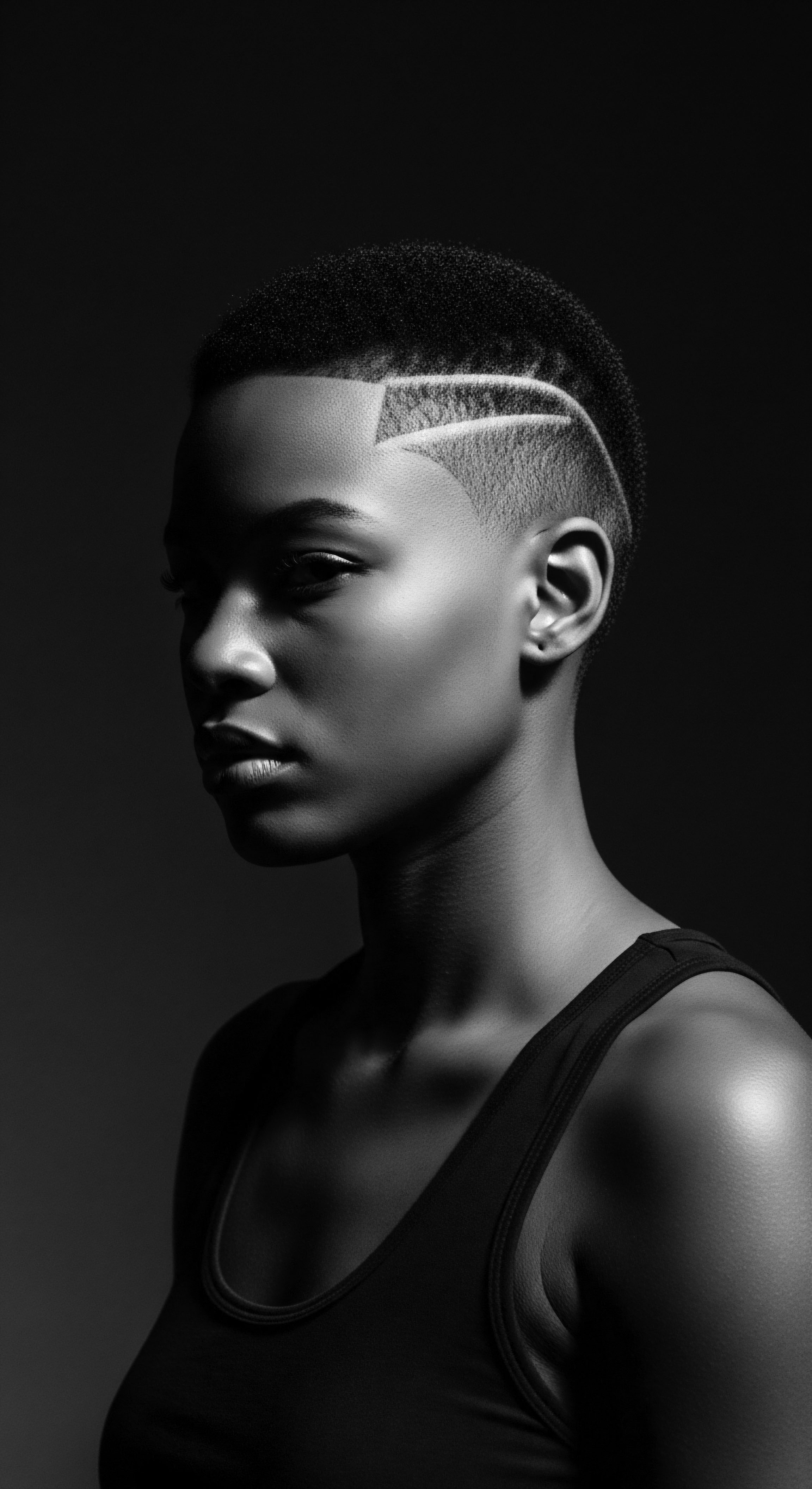
What does Contemporary Science Reveal about the Protective Qualities of Traditional Hair Care?
Contemporary science confirms that textured hair, despite its inherent resilience, is susceptible to UV-induced damage, which can lead to dryness, brittleness, protein degradation, and color fading. Research indicates that textured hair can be even more sensitive to UV radiation than straight hair, with the primary molecular targets for damage located in keratins, the hair’s core proteins. This understanding underscores the historical necessity of protective measures.
While modern sunscreens for hair use synthetic UV filters, the principles often echo ancestral solutions ❉ creating a physical barrier, coating the strands with protective emollients, and utilizing compounds with antioxidant properties. Many contemporary hair care products now include ingredients with UV filters to shield hair from damage.

The Interplay of Form and Function in Heritage Styling
The intricate styles of textured hair, often seen as high art, also served vital protective functions. Cornrows, for instance, an ancient style traced back to 3000 BC, were used to express tribal identity, age, and marital status, but also served to guard the hair against environmental elements. The very act of braiding or twisting hair into close-fitting styles minimizes the surface area exposed to direct sunlight, offering a degree of physical protection that commercial products often seek to emulate. This dual functionality – of beauty and protection – is a hallmark of textured hair heritage.
The braiding techniques, which often involved washing, oiling, and decorating, were often communal activities, fostering a sense of shared identity and cultural continuity. This blend of aesthetic purpose with practical application offers insights for developing contemporary sun protection strategies that honor cultural traditions while serving a scientific purpose.
The historical record shows how hair care practices adapted to the environment. In the Transatlantic slave trade, enslaved Africans, stripped of their native tools and oils, would use head coverings to hide damaged hair and shield it from relentless sun. This act of necessity, born of oppression, still carried the imprint of a deep-seated desire to protect and preserve one’s hair, a testament to its enduring significance. This historical continuity, from ancient deliberate acts to forced adaptations, underscores the fundamental human impulse to protect textured hair from the sun.

Reflection
The journey from ancestral practices to contemporary sun protection for textured hair reveals a profound continuity, a living dialogue across time. The whispers of old wisdom, carried on the breeze of memory and ritual, inform our modern understanding of hair’s delicate balance with the sun. Textured hair heritage, resilient and rich, stands as a testament to ingenuity, adaptation, and an enduring respect for the body’s natural crown. It is a story told not just through words, but through the very fibers of our being, a Soul of a Strand that connects us to those who walked before.
The practices of oiling, braiding, and covering hair were never simply about aesthetics; they were acts of preservation, acts of self-care, and acts of profound cultural connection. As we seek to shield our strands from the sun’s relentless gaze today, we walk a path well-trodden, guided by the luminous legacy of those who understood that true beauty lies in balance, protection, and a deep reverence for one’s inherited self.

References
- Byrd, A. & Tharps, L. (2001). Hair Story ❉ Untangling the Roots of Black Hair in America. St. Martin’s Press.
- Korać, R. R. & Khambholja, K. M. (2011). Potential of herbs in skin protection from ultraviolet radiation. Pharmacognosy Reviews, 5(10), 164.
- Markiewicz, E. & Idowu, O. C. (2023). Exploring the Use of Natural Ingredients for Textured Hair UV Protection. ResearchGate.
- Manniche, L. (1999). Egyptian Luxuries ❉ Fragrance, Aromatherapy, and Cosmetics in Ancient Egypt. British Museum Press.
- Saraf, S. & Kaur, C. D. (2010). In vitro sun protection factor determination of herbal oils used in cosmetics. Pharmacognosy Research, 2(1), 22.
- Zaid, R. (2023). Five Beauty Secrets of the Ancient Egyptians. Preneur World Magazine.
